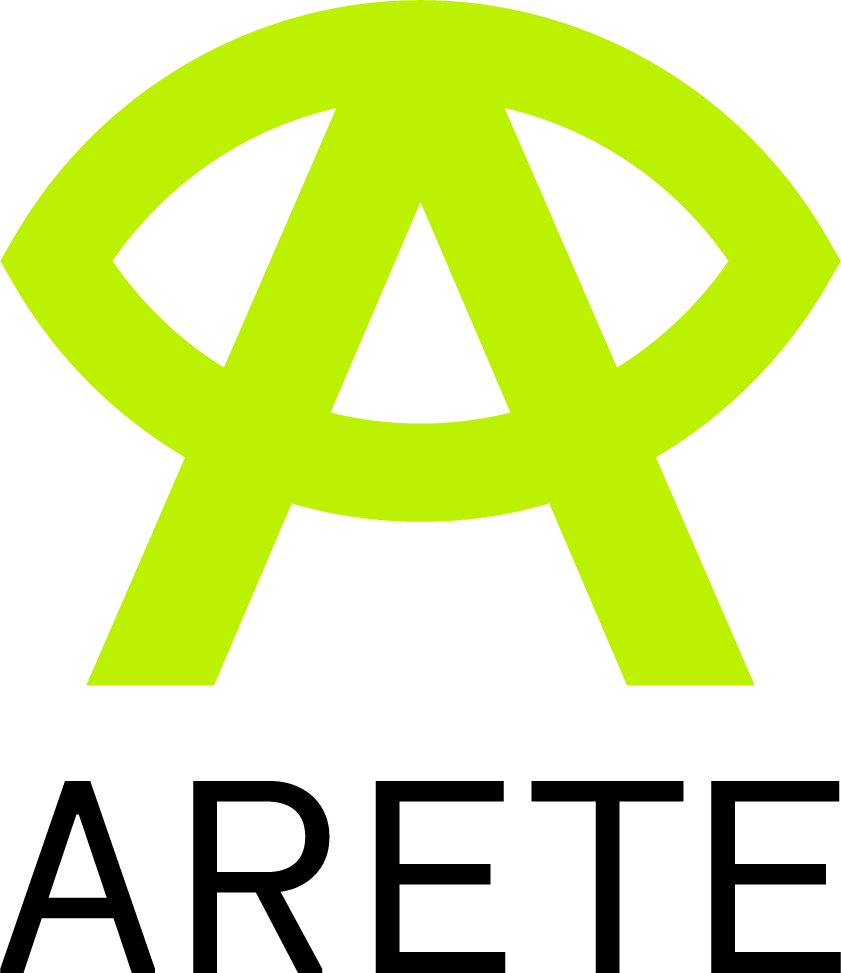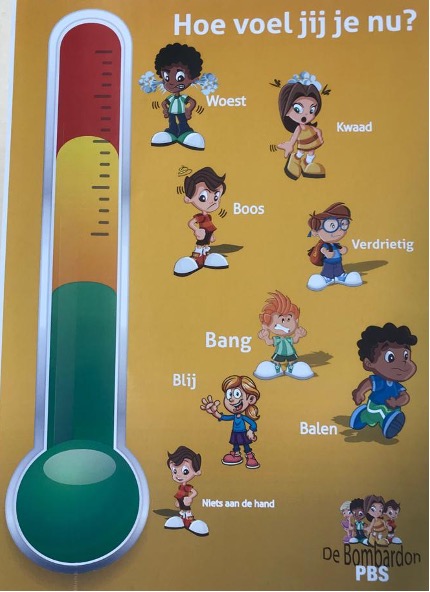The evaluation of Student Motivation in Augmented Reality Learning Environments
When we imagine students at school using Augmented Reality applications, we can easily imagine that such an innovative tool will spark interest and have a positive impact on the students' motivation. But what is motivation, and how can we systematically assess this impact? And why is this important from the perspective of educational research?
In ARETE, we take a closer look at students' motivation in relation to the Augmented Reality applications. The aim is to learn more about the effects the applications will have for teaching and learning processes, because motivation is known to play an important role in the context of student academic achievement (Steinmayr et al., 2019) and to function as a predictor for performance (Park, 2011). So it is obviously beneficial if students will be motivated by the applications.
There is a common understanding of motivation as the spirit that drives us to do things – e.g., because we expect something from this action (extrinsic motivation) or because the action itself is rewarding (intrinsic motivation). However, a more granular view separates different facets of motivation, as in Keller’s (1987) well-established ARCS model which describes four main fields (namely: attention, relevance, confidence, and satisfaction). Another well-established approach is based on the self-determination theory (https://selfdeterminationtheory.org/intrinsic-motivation-inventory/). Against this background, the Intrinsic Motivation Inventory (IMI) presents a scale to assess the subjective experience of participants in a specific activity. In IMI, the dimensions of interest are Interest/Enjoyment, Perceived Competence, Effort/Importance, Pressure/Tension, Perceived Choice, Value/Usefulness, and Relatedness (ibid.).
In ARETE, selected items from this Intrinsic Motivation Inventory are applied to learn more about students' perceptions of their Augmented Reality-enhanced learning activities. In conjunction with the other evaluation measures applied, this approach will provide useful insights into the potential of the ARETE Augmented Reality-applications for teaching and learning.
By UNW
Keller, J.M. (1987). Development and Use of the ARCS Model of Instructional Design. Journal of Instructional Development, 10(3), 1-10.
Park, Y. (2011). How motivational constructs interact to predict elementary students’ reading performance: Examples from atittudes and self-concept in reading. Learning and Individual Differences, 21(4), 347–358.
Steinmayr, R., Weidinger, A. F., Schwinger, M., & Spinath, B. (2019). The Importance of Students’ Motivation for Their Academic Achievement – Replicating and Extending Previous Findings. Front. Psychol., 10, art. 1730.



